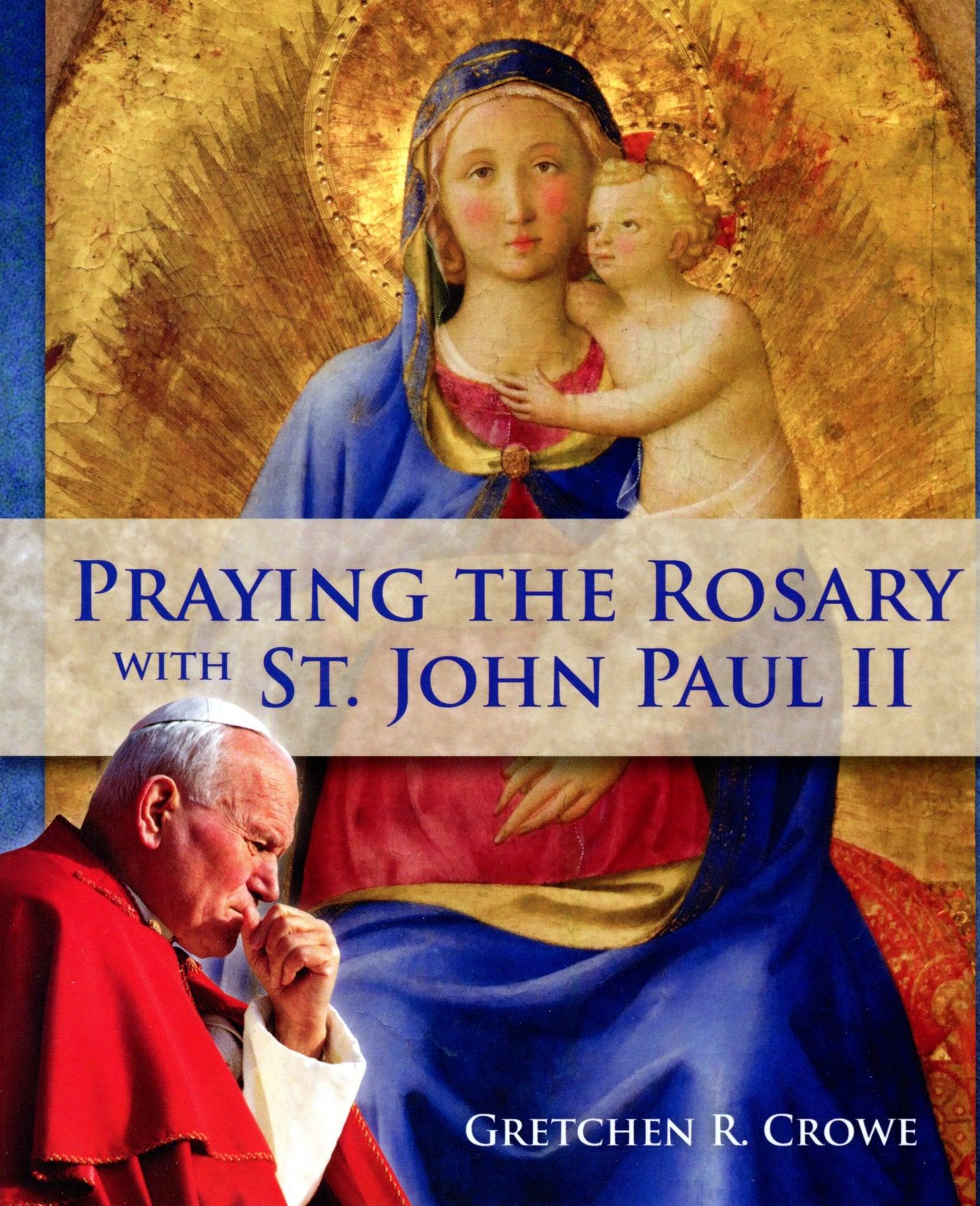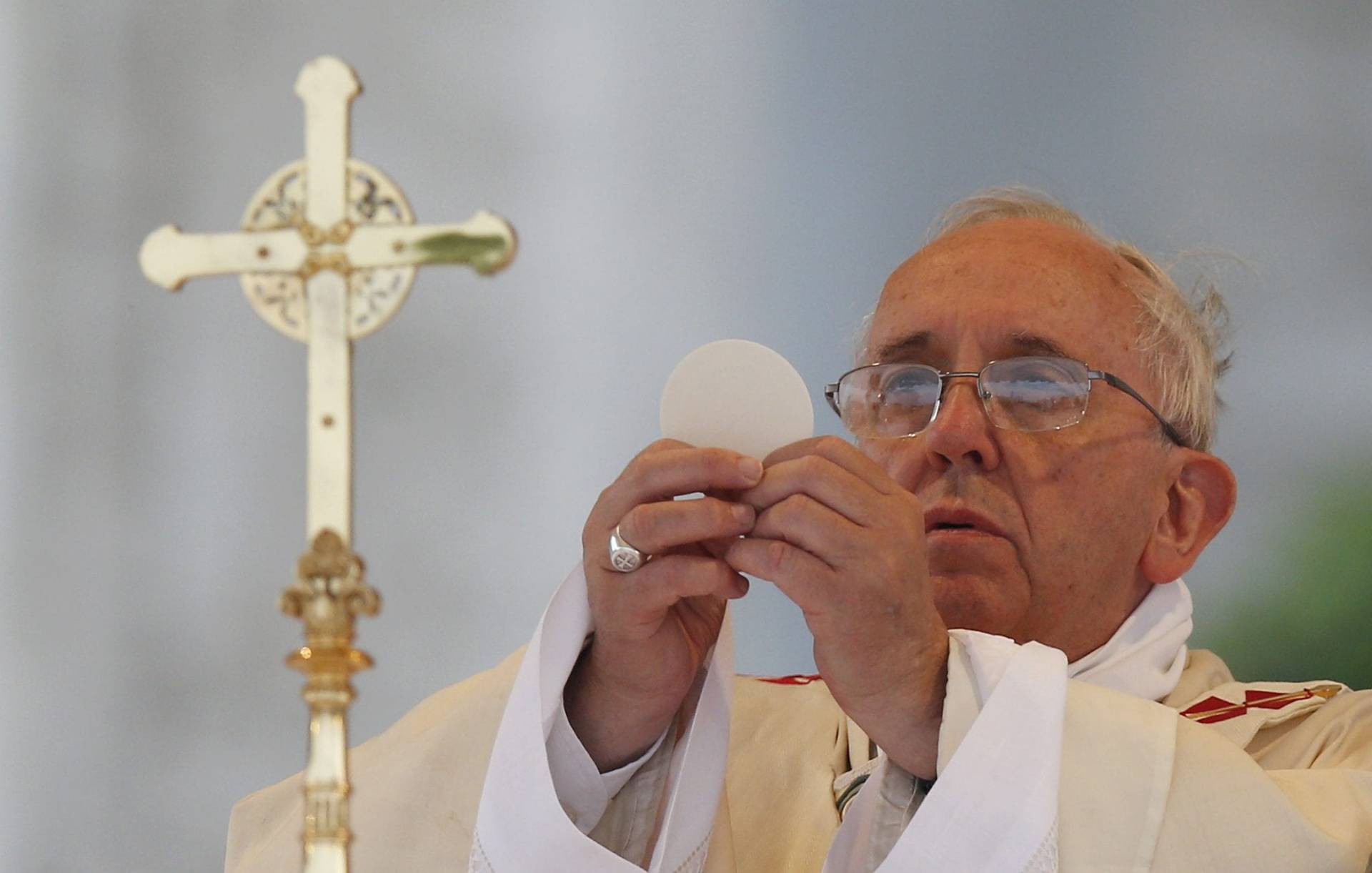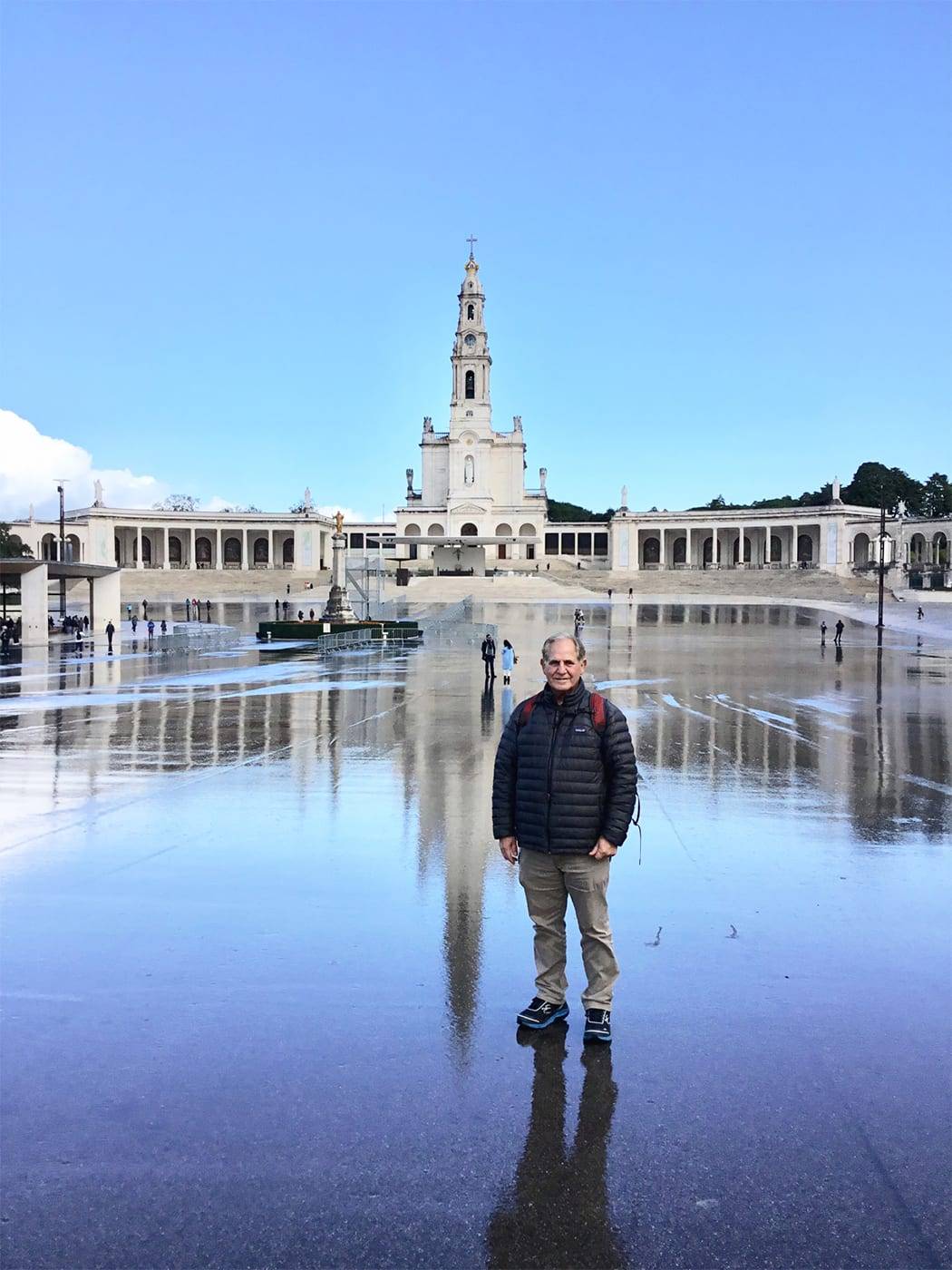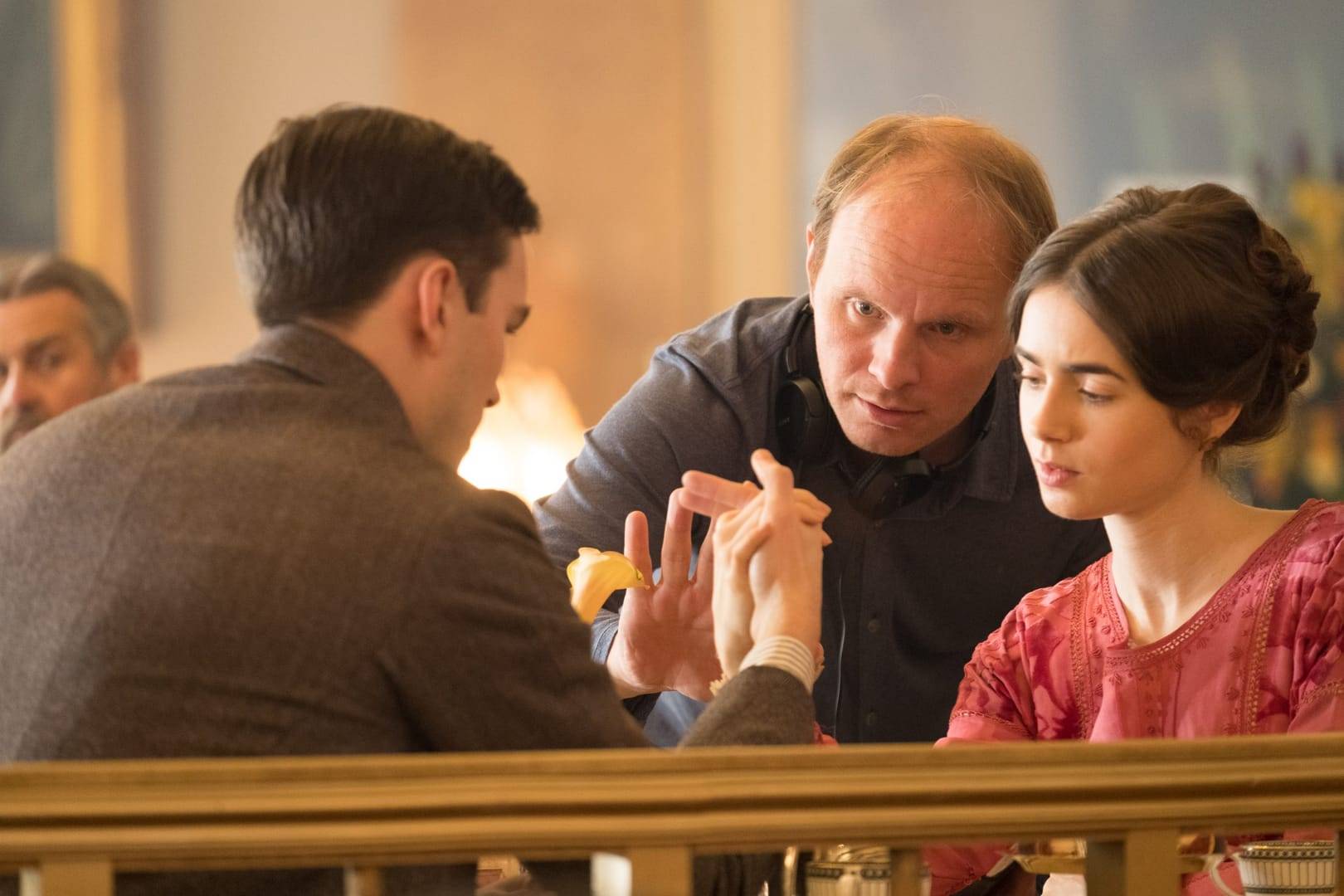I was cheered
when I came first to know
that there were flowers also
in hell …
— William Carlos Williams, “Asphodel, That Greeny Flower”
* * * * *
Holy Week, in an abysmally distressing season of public discourse and international suffering. After Tuesday’s bombings in Brussels, our prayers are more urgent, our hearts bleaker toward the project of hope.
I think back to a day not long ago when I accepted a friend’s invitation to leave town for a morning and explore a place I’d never been, out to the mid-state countryside, old farms and mill towns.
We drove through expanses of open land, past ancient stone walls and new housing developments, in and out of former factory towns revived into peaceful hamlets with coffee shops and small museums. These towns were badly hit by the successive economic spasms of a century, outsourcing turning them from thriving economic centers to bedroom communities with few options for grassroots sustenance. The children of these communities leave after high school to make it in the big cities and multinational corporations, trying to stand out among cookie-cutter applicants.
One of my students recently told me, “Our generation has killed the American dream.”
I asked him to clarify.
“Our parents could pay their way through college and begin their working lives pretty much debt free,” he explained. “We can’t do that.”
“And besides,” he added, “We’ve seen too much of the underside of America’s overseas interventions.”
The haze of broken dreams and broken faith seems to befog the air we move through these days. We are waking up to the fact that hope — concrete, palpable hope — is in short supply. In its place, a dangerous stew of fear, anger, grief, and a rising demagoguery.
Yet I know that hope is not totally extinct. On the day before this conversation, I happened to be standing at the counter of a Catholic bookstore.
A husky middle-aged man sidled up to the register next to me. I guessed him to be a working-class man, perhaps construction, from his heft and plaid jacket and well-worn boots. The very profile of those the pundits are putting in the camp of the disaffected.
Diffidently, he leaned in.
“Sister, I’d like to buy a spiritual bouquet for my thirty-fifth wedding anniversary,” he whispered.
Many, O LORD my God, are the wonders which You have done, And Your thoughts toward us; There is none to compare with You. If I would declare and speak of them, They would be too numerous to count. — Psalm 40:5
Spiritual bouquets represented the sweetest of all childhood’s prayers, to me, gifts of pure love toiled over in crayons and imagination, given with a kind of tremulous devotion that far exceeded the worth of any practical, store-bought offering.
When I was clearing out my mother’s things after her death, I came across one of mine that I had composed for her when I was no more than 7. She had kept it those many years. On the cover, I had drawn a bunch of red tulips, tied with an awkwardly drafted white bow. Inside, I “gave” my mother a small poem, 7 Masses, 7 Communions (I was nothing if not economical), 10 rosaries, and 25 Aspirations. I remember vividly the love that went into producing this offering. But I had grown up, life had gone on, and it was only upon my mother’s death that I remembered how profoundly the confluence of beauty, nature, prayer, and love had combined to form my childhood understanding of hope.
That day at the store, the sister knew just what the man wanted. The cards lived next to the register, which suggested that they were in a certain demand, and that one needed to know how to ask. The man paid and couldn’t get out of the store quickly enough, his vulnerability exposed far too nakedly for modern sensibility.
It would be an exaggeration to say that I recovered a global sense of hope from this exchange, but I did have something to carry with me in the days that followed, a place of hallowed ground, and gratitude.
My friend and I arrived at a small oasis in the middle of the state, a thriving horticultural center. Atop a slope planted in apple trees, we found two large greenhouses, blooming in February with oranges and lemon trees, camellias and orchids. The place was quiet as a monastery and bright with blooms. Ferns and azaleas shared the moist, serene oasis with topiaries, and succulent I’d never seen before. Here was a respite of color, order, beauty, stewardship, and witness, the fruit of hundreds of hands over hundreds of hours, pinching and attending like medieval craftsmen, with no place to sign their names, no glory. Just care.
Beauty freely given. A space of hope, restorative calm. Not an edifice to wall others out and the comfortable in.
A small miracle, one that, like all miracles, imperceptibly shifts the axis of despair and cynicism back in the direction of possibility, of hope.
As I conclude my last piece for this website, I think of it, too, as a small miracle that has shifted the axis of hope, a beautiful experiment in sanctuary, reflection, formation, a large-scale spiritual bouquet offered to readers of which I have been deeply honored to play a small part.
Cynics and political activists ask what difference beauty and craft and prayer can make.
I would answer as William Carlos Williams does: Flowers in hell make all the difference, not just because of the results, but because of the spirit that moves its makers. The work of imagination, vision, patience, attention, and generosity — the desire to give to others what we value most — is possibly the only thing will save us from the sorry state of our callous acts and our care-less lives.
Planting seeds, drawing pictures, projecting the flag of Belgium across the Trevi Fountain and the Arc de Triomphe and wherever else one can aim a projector by way of solidarity and consolation, my prayer this Holy Week is that we continue to create tangible gardens to and for the human spirit, that like the tiny copse of fern buds beginning to show out my front door, we shine green with new hope in the face of destruction.
















